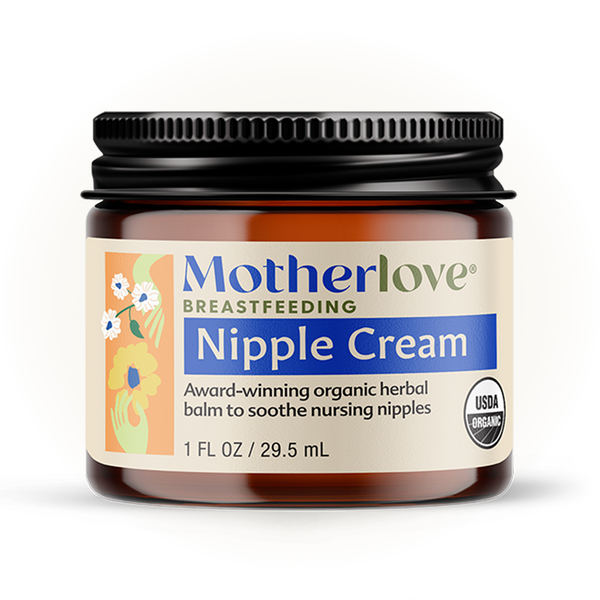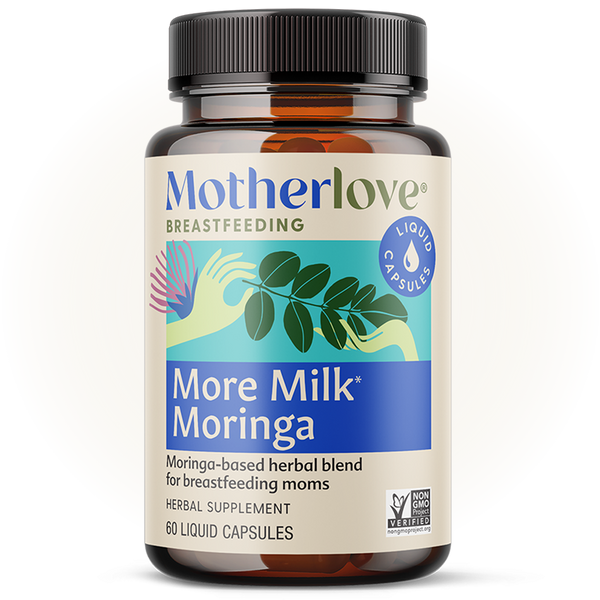Written by Wendy, IBCLC.
Pump flanges, sometimes referred to as breast shields, are the funnel-shaped pump parts that are placed over your nipple and breast while pumping. When you use your breast pump, a seal is created around the flange, your nipple and breast tissue are drawn into the flange, and milk is extracted from your breasts.
Using flanges properly can be confusing, and it’s common and normal to have questions and concerns. Many of us wonder what a properly sized flange looks like, how to find the right size, and how to know if your flange is working correctly for your body.
No worries—we’re going to go over everything you need to know about using flanges, for pain-free and effective breastfeeding and pumping experience.
WHY SIZE MATTERS
Flanges are essential parts of your pumps, but it’s not a one-size-fits all part. Although breast pumps may come with one or two flange sizes to choose from, different people need different flanges. The average flange size is not the standard size that comes with a new pump. Flanges can be either too large or too small depending on your nipple size.
Using an incorrectly sized flange can cause all kinds of issues, including:
- Pain
- Friction
- Damaged breast tissue
- Nipple cracks and fissures
- Lower milk supply
- Engorgement, as a result of not enough milk removed by the pump
- Clogged milk ducts, from the breast not being completely drained while pumping
WHAT DOES A PROPER FITTING FLANGE LOOK AND FEEL LIKE?
So, how do you know if your flange is fitting you properly? You can go by the look and feel of the flange. But you need to observe these while you are pumping, not just when you first place your breast into the flange.
When a flange fits well, you may notice:
- That only your nipple, not the rest of your breast, is pulled into the tunnel of the flange
- The sides of your nipple gently touch the wall of the flange tunnel
- The nipple moves freely in the flange
- You experience letdowns while pumping, which usually look like milk spraying or coming out quickly and steadily during pumping
- You experience a slight tugging while pumping, but nothing painful
- Your breasts come out of the pump without bruising or compression
When a flange is too small, you may notice:
- Your breast doesn’t move easily within the flange
- Friction is common while pumping (too much rubbing against the sides)
- You aren’t producing much milk while pumping
- You experience pain or discomfort while pumping
- Your breasts and nipples may have bruising, compression, or cracks/fissures
When a flange is too large, you may notice:
- Your nipple is unstable and moves from side to side in the tunnel of the flange
- Your areola and breast is pulled into the tunnel (you only want your nipple in the tunnel)
- You experience pain while pumping
- Nipple and areola come out swollen after pumping
- Pumping takes too long, and little milk is produced
HOW TO FIND YOUR BREAST PUMP FLANGE SIZE
You can find your correct flange size by experimenting with different-sized flanges and seeing which works best for you in terms of the criteria listed above (i.e., the flange feels comfortable, your nipple moves comfortably in the tunnel, and you are pumping adequate milk). However, the most efficient way to determine your flange size for a breast pump is to take a simple measurement of your nipple or have a lactation consultant measure you.
You will need a ruler or tape measure for this, one that measures in centimeters or millimeters. Here’s how to do it:
- You will be measuring the base of your nipple, not your areola
- Place the ruler or tape measure at the base (bottom) of your nipple
- Measure vertically up to the top of your nipple
- It’s easiest to take the measurement in millimeters, because that’s how most flanges are calibrated
- Measure each of your nipples separately because they may be different sizes
After you have measured your nipples vertically from the base to the top, you will take this number and four millimeters. So that means:
- If your nipple is 17 millimeters, you need a 21 millimeter flange
- If your nipple is 20 millimeters, you need a 24 millimeter flange
- If your nipple is 23 millimeters, you need a 27 millimeter flange
- If your nipple is 26 millimeters, you need a 30 millimeter flange
- If your nipple is 32 millimeters, you need a 36 millimeter flange
FLANGE SIZE CAN CHANGE OVER TIME
Keep in mind, too, that your flange size may change over time. It’s common for breastfeeding parents to need a larger flange size during the early months than later on. This is because your breasts tend to be larger due to engorgement, pregnancy weight gain, and higher milk supply. You may need to adjust your flange size as your body changes and your milk supply stabilizes or naturally decreases. Remember, too, that flange size may be different from one breast to another.
TROUBLESHOOTING FLANGES AND PUMPING
If you are finding pumping overwhelming, you aren’t alone! It’s common to come up with issues while you pump, whether it’s about your flange size or something else. Here are some general tips for managing issues with flanges and pumping in general:
- Even a correctly sized flange can be mildly uncomfortable at first; consider using nipple cream to help lubricate nipples while pumping, and soothe nipples afterwards
- Use a pump speed and suction that is high enough for effectiveness but not so high that you feel discomfort
- Understand how to use the two settings on your pump properly: Use the massage/stimulation setting at the beginning of the pumping session when just a little milk is coming out; use the expression setting on the pump when the milk is flowing easily and quickly
- Take periodic pump breasts to massage your breasts; this increases output and gives your breasts a break
- Understand that it’s common for milk supply to ebb and flow during the day, with more milk generally produced in the morning than evening
- Understand that one breast may produce more milk than another
- Flanges will need to be replaced every 6 months or so. To learn more about how often to replace breast pump parts, check out this blog!
Finally—and most importantly—you were not meant to do this alone. If you are having trouble finding the right size flange for your body, or if you are finding that pain or low supply persists even when using a properly fitted flange, it’s probably time to reach out for help. Consider contacting a lactation counselor or board-certified lactation consultant (IBCLC) for hands-on help to ensure a more enjoyable pumping journey.






